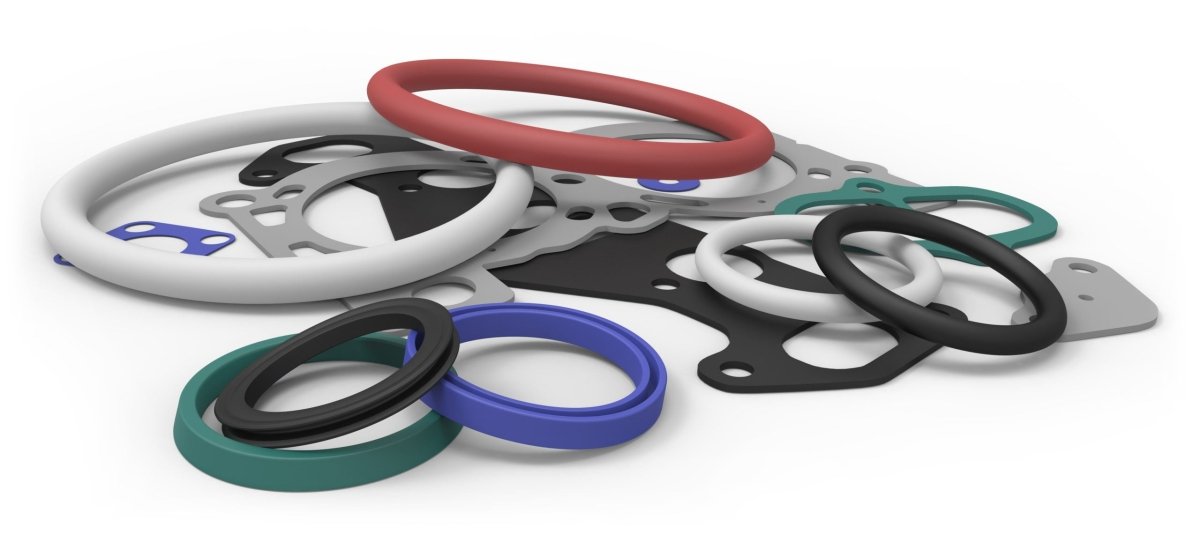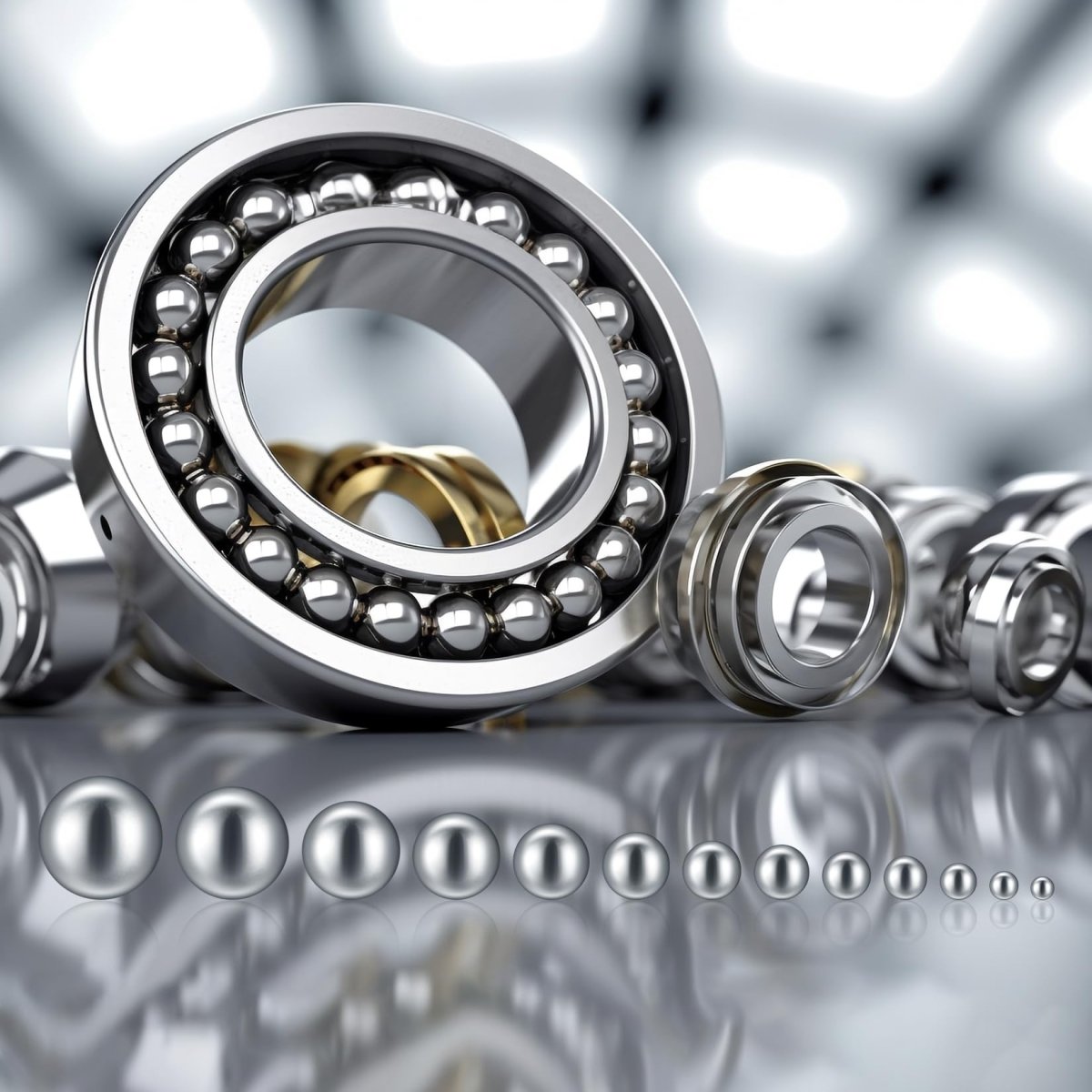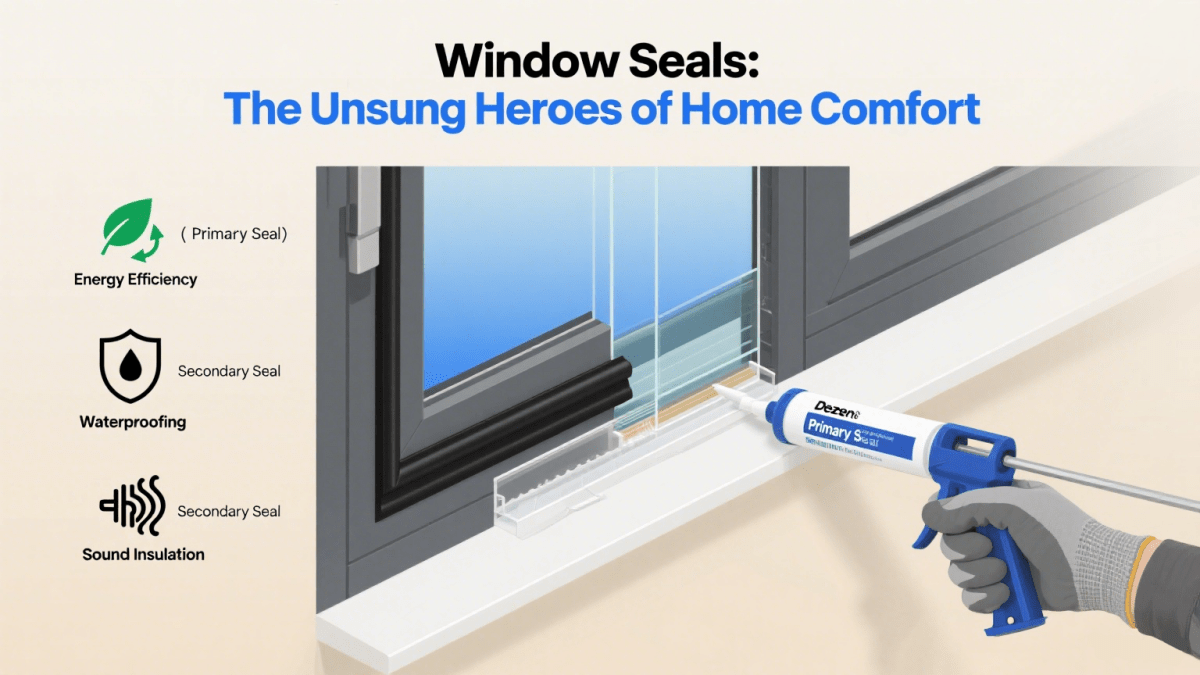📑 Table of Contents
A Brief History of O-Rings
Invented in 1937 by Niels Christensen, the O-ring quickly became a standard sealing solution during WWII. Its low cost, simple geometry, and reliable performance made it indispensable across industries. Today, O-rings are among the most commonly used mechanical seals worldwide.
Materials Used in O-Ring Manufacturing
The choice of material directly affects O-ring performance. Below is a comparison of common O-ring materials:
| Material | Temperature Range | Strengths | Limitations | Typical Applications |
|---|---|---|---|---|
| Nitrile (NBR) | -40°C to +120°C | Excellent resistance to oils & fuels | Poor ozone resistance | Automotive fuel systems, hydraulics |
| Silicone | -60°C to +200°C | Flexible, handles extreme temps | Low tear resistance | Medical, food-grade, high-temp sealing |
| Viton (FKM) | -20°C to +250°C | Chemical and heat resistance | More expensive | Chemical processing, aerospace |
| EPDM | -50°C to +150°C | Water & steam resistance, outdoor durability | Not compatible with oils/fuels | Plumbing, weather seals |
| Polyurethane | -40°C to +80°C | Abrasion resistance, toughness | Limited temperature range | Hydraulic cylinders, mechanical wear parts |

How O-Rings Are Manufactured
The manufacturing process ensures dimensional accuracy and material performance:
- Material Mixing: Rubber compounds are blended with curing agents, stabilizers, and fillers.
- Molding: Methods include compression, injection, and transfer molding.
- Curing (Vulcanization): Heat and pressure strengthen the rubber’s molecular structure.
- Deflashing: Removing excess rubber for a clean finish.
- Post-Curing: Enhancing chemical and temperature resistance.
- Inspection & Packaging: Ensuring every O-ring meets strict standards.
Quality Control in O-Ring Production
Quality control ensures O-rings perform reliably under stress. Key testing methods include:
| Test | Purpose | Example |
|---|---|---|
| Dimensional Inspection | Check diameter & thickness tolerances | Laser micrometer measurements |
| Compression Set Test | Evaluate elasticity after stress | O-ring compressed 25% for 22h |
| Leak Test | Confirm sealing capability | Pressurized air or fluid chamber |
| Material Verification | Ensure correct compound | FTIR (Fourier-transform infrared spectroscopy) |

Applications of O-Rings
- Plumbing: Faucet seals, pipe connections
- Automotive: Engine gaskets, fuel injectors, transmissions
- Aerospace: Hydraulic and pneumatic systems
- Industrial: Pumps, compressors, manufacturing machinery
- DIY Repairs: With a Universal O Ring Kit, you can handle household and automotive projects with ease.
Benefits of O-Rings
- Cost-effective and versatile
- Compact design requiring minimal space
- Durable in extreme environments
- Easy to install, replace, and source
- Available in thousands of sizes and materials
Frequently Asked Questions
❓ What’s the best material for automotive O-rings?
Viton (FKM) and Nitrile (NBR) are commonly used due to their oil and fuel resistance.
❓ Can I replace an O-ring with any size?
No. O-rings must match the groove dimensions precisely. Using the wrong size leads to leaks and failures.
❓ Why does my O-ring degrade quickly?
Causes include incorrect material, excessive heat, chemical incompatibility, or poor installation.
❓ How should I store O-rings?
Store in a cool, dry place away from direct sunlight and chemicals to prevent premature degradation.
❓ Is an assortment kit useful?
Absolutely. A 225-piece O Ring Assortment Kit gives you multiple sizes, ensuring you always have the correct fit on hand.
Conclusion
O-rings may be small, but their impact is enormous. From household plumbing to aerospace, they ensure safety and efficiency. By understanding how O-rings are manufactured and the materials available, you can select the right O-ring for every task.
For professionals and DIY enthusiasts, investing in a Universal O Ring Kit guarantees you’re always prepared, saving time and preventing costly downtime.








